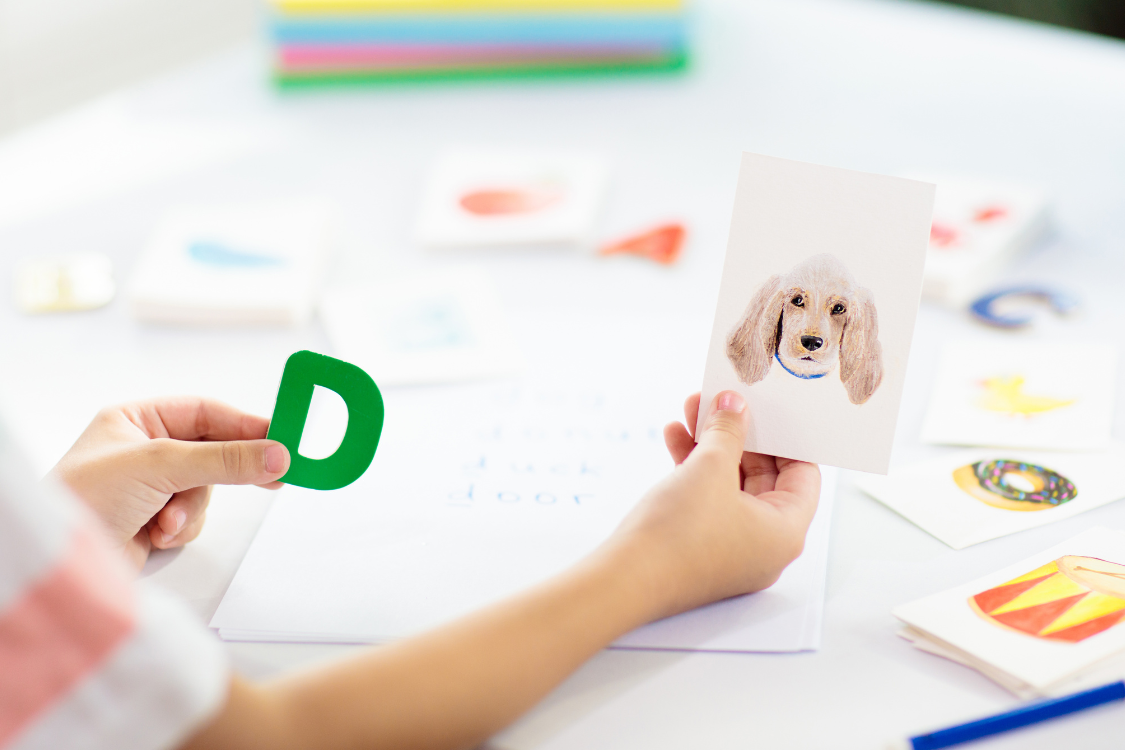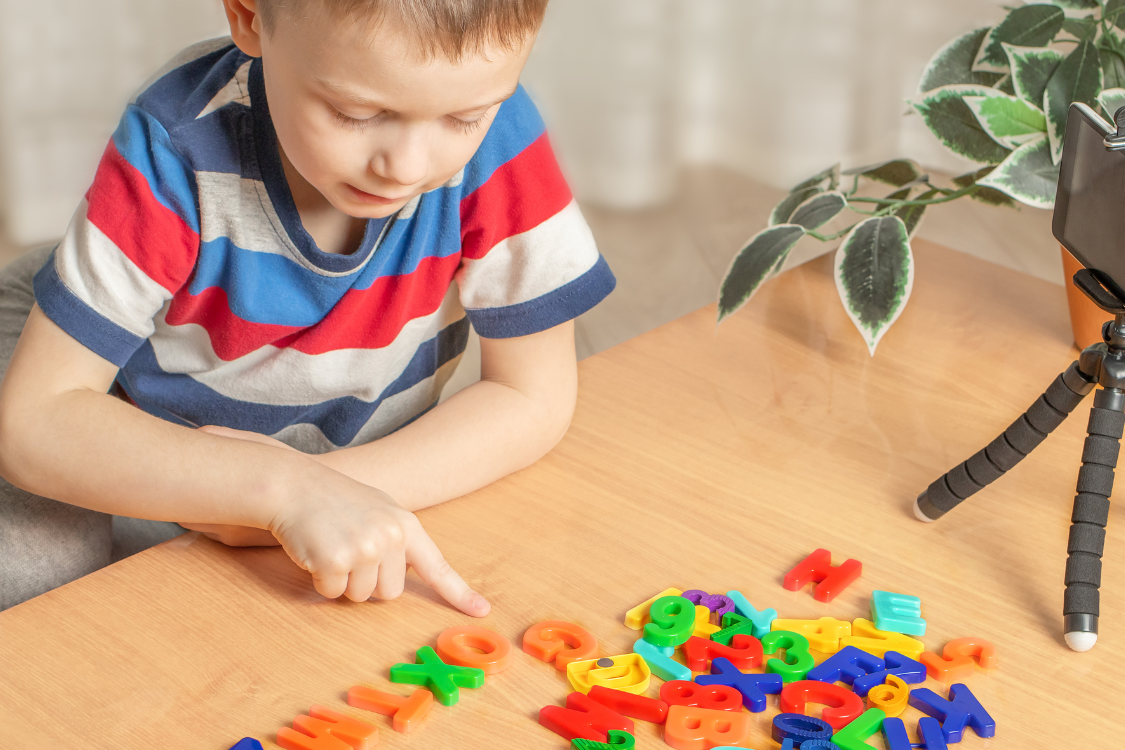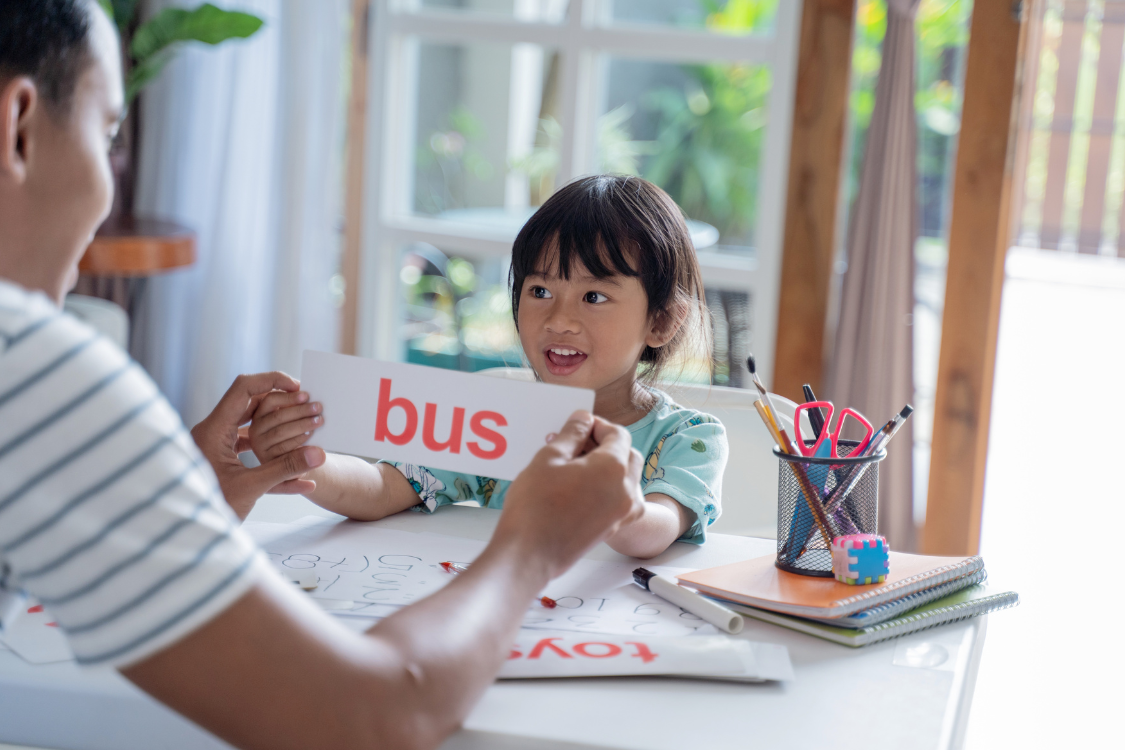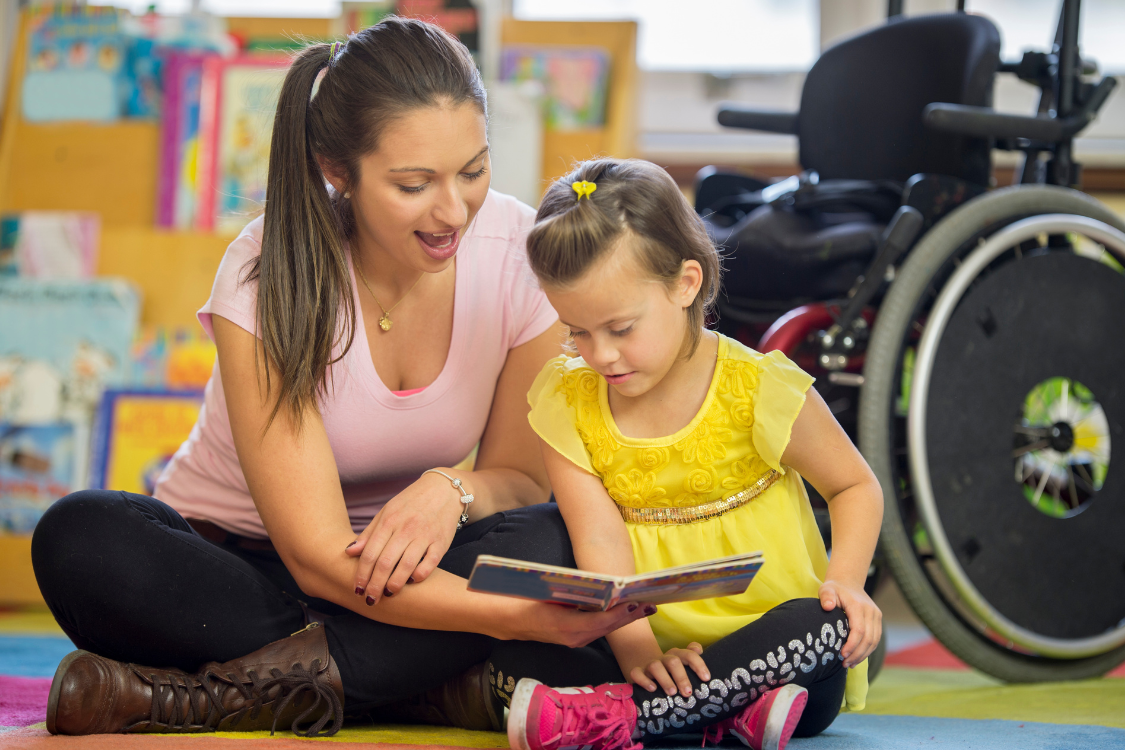Developmental Spelling Patterns – Here’s How Kids Learn to Spell
Just as children progress through stages when learning to walk and talk, they also move through distinct developmental phases when learning to spell. Understanding these patterns can help parents and teachers provide appropriate support and guidance during each stage of literacy development. Let’s explore the fascinating journey of how children learn to spell, from their earliest attempts to their mastery of conventional spelling patterns.
The Science Behind Spelling Development
Research has consistently shown that spelling development follows a predictable pattern. Rather than being a simple process of memorization, spelling acquisition is a complex developmental journey that reflects a child’s growing understanding of the English language’s sound and letter systems. This progression aligns closely with the science of reading, which emphasizes the importance of systematic, explicit instruction in helping children master literacy skills.
The Five Stages of Spelling Development
There are five stages that spellers go through.
1. Precommunicative Stage
During this earliest stage of spelling development, children are beginning to understand that writing conveys meaning, but their attempts don’t yet show awareness of letter-sound relationships. A child in this stage might draw a string of letters like ‘MTBKP’ or ‘PRZY’ to represent a word like ‘dog’ or ‘dinosaur.’ They’re showing us they know that written words use letters, but these symbols aren’t yet connected to specific sounds. You might also notice them writing from right to left or mixing uppercase and lowercase letters randomly – all perfectly normal at this stage.
2. Semiphonetic Stage
As children begin to grasp that letters represent sounds, they enter the semiphonetic stage. This is when you might see your child write “U” for “you” or “B” for “bee.” They’re beginning to make logical connections between sounds and letters, even though they’re only capturing some of the sounds in each word. A child might write “DR” for “dear” or “KT” for “kite,” showing they’re hearing and representing the most prominent sounds in words.
3. Phonetic Stage
The phonetic stage marks exciting progress in understanding sound-symbol relationships. Children at this stage write words exactly as they sound, leading to spellings like “KOM” for “come” or “WUZ” for “was.” While these spellings aren’t conventional, they’re incredibly logical. Think about a child writing “FEBUWERY” for “February” – they’re hearing and representing every sound they perceive in the word, even if the spelling isn’t correct by conventional standards.
4. Transitional Stage
During this crucial phase, children begin incorporating visual patterns and spelling conventions they’ve learned through reading. A child in this stage might write “YOUNITED” for “united” or “INTRESTING” for “interesting.” They understand basic patterns but are still working out the complexities of English spelling. You might see them write “DESERTED” correctly because they know about the -ED ending for past tense, but then overapply this rule by writing “FINDED” instead of “found.”
5. Conventional Stage
The final stage represents mastery of basic spelling conventions and an understanding of more complex patterns. Children now grasp that the past tense of “find” is “found,” not “finded,” and they understand why “receive” is spelled with “ei” after “c.” They’re able to correctly spell most common words and can apply spelling rules to unfamiliar words. They also understand that some words simply need to be memorized because they don’t follow regular patterns, like “colonel” or “yacht.”
Supporting Spelling Development
Creating a supportive environment for spelling development doesn’t require elaborate materials or programs. Instead, focus on providing regular opportunities for authentic writing experiences. When your first grader wants to write a letter to grandma, encourage them to sound out words and make their best attempt. If your third grader is creating a story, let them focus on getting their ideas down first, then help them refine the spelling during the editing process.
During the early stages, resist the urge to correct every misspelling. Instead, celebrate their efforts to connect sounds and letters. When a kindergartener writes “I LV U” for “I love you,” they’re showing a significant understanding of sound-symbol relationships. Acknowledge their success while occasionally modeling the conventional spelling in your own writing.
As children progress, introduce spelling patterns naturally through reading and writing activities. For instance, when a child is learning about the ‘silent e’ pattern, you might help them discover how it changes the sound of the vowel in word pairs like ‘hat/hate’ or ‘pin/pine.’ This kind of explicit instruction helps children understand the logic behind English spelling patterns.
When to Seek Additional Support
While every child develops at their own pace, certain patterns might indicate a need for extra support. If your third grader is still primarily in the phonetic stage, writing “kam” for “came” and “wut” for “what,” it might be worth consulting with their teacher or a reading specialist. Early intervention can make a significant difference in helping children progress through these developmental stages.
The Connection to Reading Success
Understanding developmental spelling patterns is crucial because spelling and reading development are intimately connected. As children learn to analyze words for spelling, they simultaneously develop skills that help them decode words while reading. A child who understands why “boat” is spelled with “oa” is better equipped to read unfamiliar words containing the same pattern, like “float” or “moat.”
Spell it up!
Remember that spelling development is a journey, not a race. Each stage represents important progress in understanding how our written language works. By recognizing and supporting these developmental stages, we can help children become confident, capable writers who understand the complexities of the English spelling system.
For more information about supporting your child’s spelling development, explore our other helpful resources at Phonics.org.










